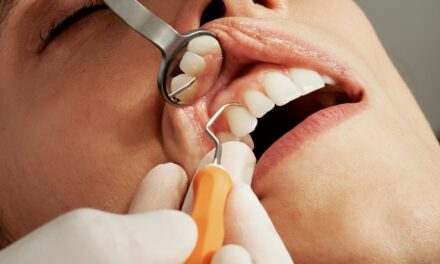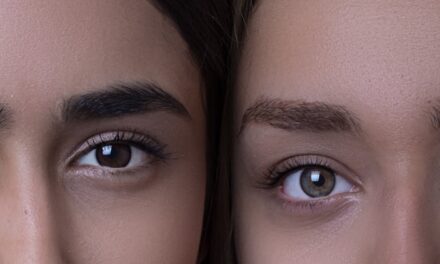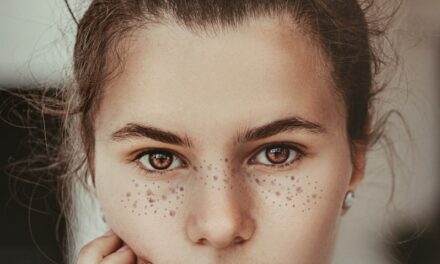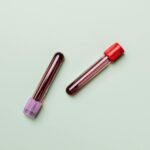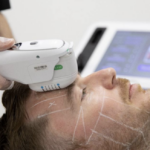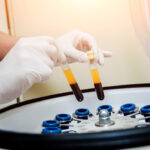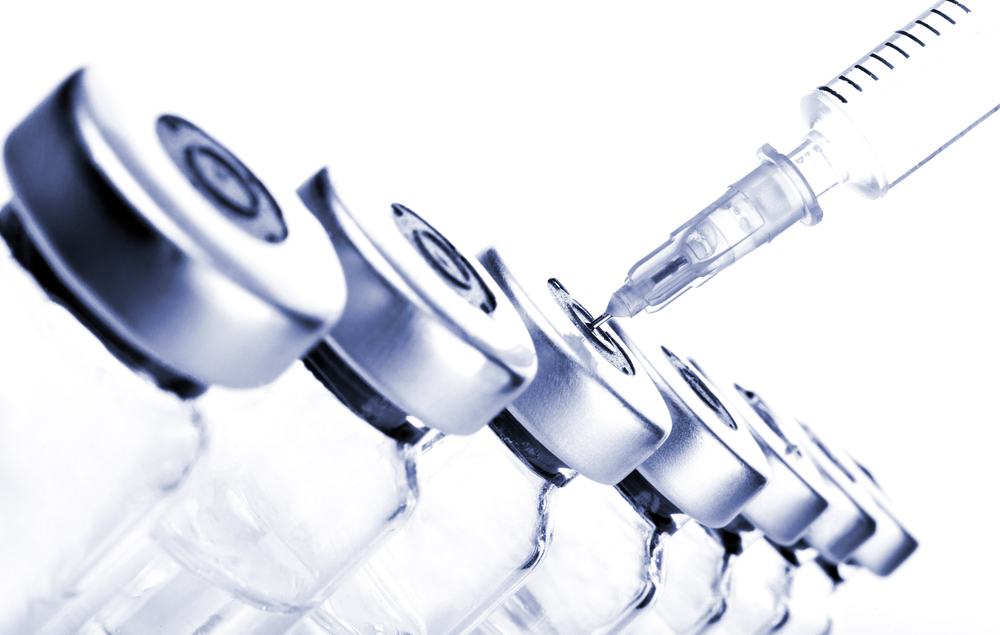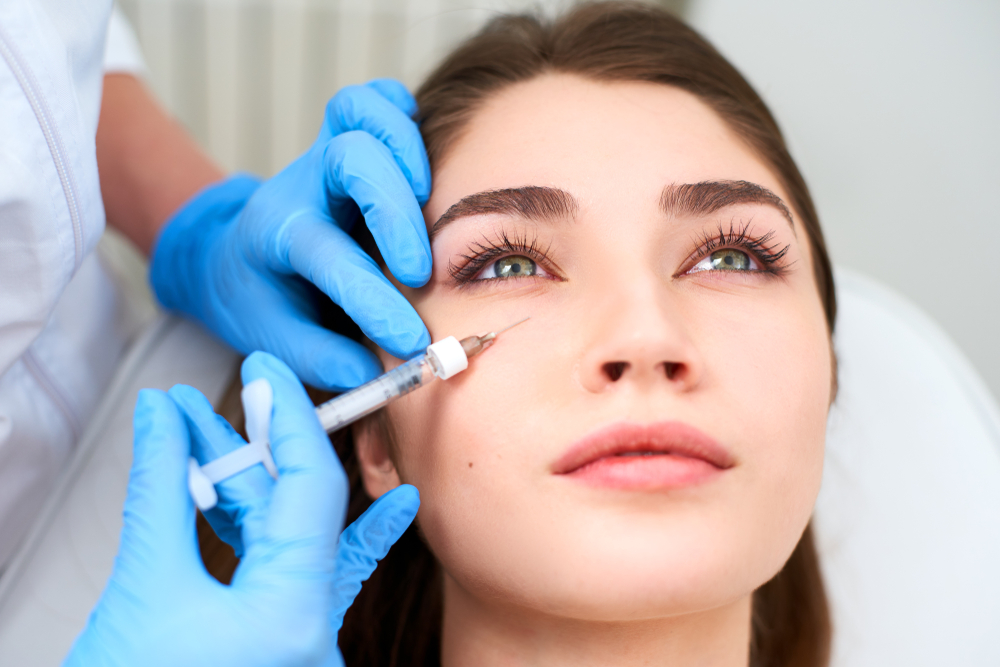Discover the latest collagen boosting injectable from Vida Aesthetics, Nithya.
Nithya: the basics
From the age of 25, we lose up to 1.5% of collagen from our skin each year. The resulting appearance of wrinkles due to the loss of our natural collagen can be mitigated by replenishing it and this can now be achieved through treatment with injectable collagen, a product designed for the regeneration and reconstruction of tissues.
Nithya collagen is produced from equine Achilles tendon tissue in a sterile environment. Nithya is a Type I collagen powder which stimulates the production of new fibroblasts to create native Type III collagen during the immunodefense responses triggered by the cell regeneration process known as mechanotransduction, a process that is fundamental in cosmetic medicine and anti-aging treatments.
When the collagen is native it reduces the presence of free telopeptides, a source of allergenicity, almost to zero. It can be defined native because it preserves the same physical and chemical characteristics typical of collagen in the living organism (same sequence and composition of amino acids, same molecular structure); the collagen protein retains its native triple helix structure and there are no free telopeptides.
The equine collagen of Nithya passed all the cytotoxicity, allergenic and skin irritability tests. The product is safe and doesn’t have any contraindications.
Nithya produces the optimal conditions to restore connective tissue. It supplements dermal bio-revitalization and assists the regeneration of connective tissue in the dermis providing perfect conditions for the physiological neo-formation of collagen and can be used for body and facial chrono- and photo-aging treatments.
 Packaged in powder form, sterile, pyrogen-free and for single use, Nithya must be placed in suspension immediately before use in WFI (Water for Injection) and Lidocaine at a ratio of a 70mg vial of collagen to 4.5ml of WFI and 0.5ml of Lidocaine. Once in suspension, the product should be used immediately and any remaining following the treatment should be discarded.
Packaged in powder form, sterile, pyrogen-free and for single use, Nithya must be placed in suspension immediately before use in WFI (Water for Injection) and Lidocaine at a ratio of a 70mg vial of collagen to 4.5ml of WFI and 0.5ml of Lidocaine. Once in suspension, the product should be used immediately and any remaining following the treatment should be discarded.
Using the appropriate size needles from 32G x 2 mm up to 30G x 4 mm, the product is administered through intradermal infiltration by medical practitioners licensed to carry out such treatments. The technical skill of the practitioner is key to the success of the treatment so it is recommended that the practitioner receives specific training on the mesotherapy injection technique.
Nithya bears the CE 0373 mark and is manufactured in Italy by Euroresearch. Used in combination with lidocaine, the procedure is virtually painless and is the only commercially available Type I collagen intended for aesthetic use. Equine collagen, produced by Euroresearch, has been used in pad form for more than 20 years for its healing property on skin ulcers, open wounds, scars and pressure sores.
Equine collagen is FDA approved for wound therapy under the brand name BIOPAD. BIOPAD is produced by the same manufacture as Nithya and uses the same collagen source.
What are the advantages to using Nithya equine collagen compared to bovine collagen?
Studies have shown that 3% of the population are allergic to bovine collagen whereas equine collagen has not shown this level of adverse reaction and in fact, no cases of allergic reaction have been reported. Equine collagen is extracted from the tendon whereas bovine collagen is extracted from the hide.
This results in the equine collagen being a higher quality and purer product when compared with bovine collagen. In addition, it is Type III collagen that is extracted from the bovine hide rather than the Type I from the equine tendon. By using Type I to stimulate production of Type III collagen, the body has more control over production and distribution leading to better and longer lasting results.
The allergic reactions caused by bovine collagen are connected to the source and the extraction process. The collagen is usually extracted from the bovine derma which is a less pure source compared to the tendon, therefore during the extraction process the collagen fibre is cut and consequently this frees polypeptides which can cause allergic reactions to bovine collagen.
Equine collagen is a much more popular choice compared to bovine collagen because the amino acid sequence is more like the human one which makes it work much better with the human body and enhances the results from the collagen.
What are the differences between Type I and Type III collagen?
Type I is the most numerous in number among all collagen types. It can be found in bones, skin and intervertebral disks. It can also be found in scar tissue.
Type III is the second most abundant collagen in the body. It is closely related to collagen Type I in the terms of location and manner of synthesis. It is primarily located in the intestinal walls, muscles and blood vessels, although it can also be found with collagen Type I. Type I and Type III can be mixed together to create supplements for the skin, bone and muscle.
How do you know the animals aren’t infected?
Nithya equine collagen is a bi-product of an established industry. The animals are slaughtered for human consumption and, as with any animal entering the human food chain, are subject to rigorous checks, tests and strict processes. All horses destined for human consumption will have been monitored using a ‘passport’ scheme which will have a complete record of any drugs that have been administered, any indications of recent medications and/or drugs being administered that might render the animal unfit for human consumption.
For more information on Nithya collagen booster injections visit www.vida-aesthetics.com

